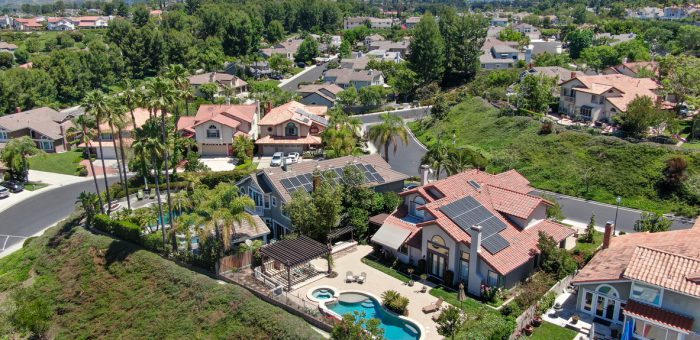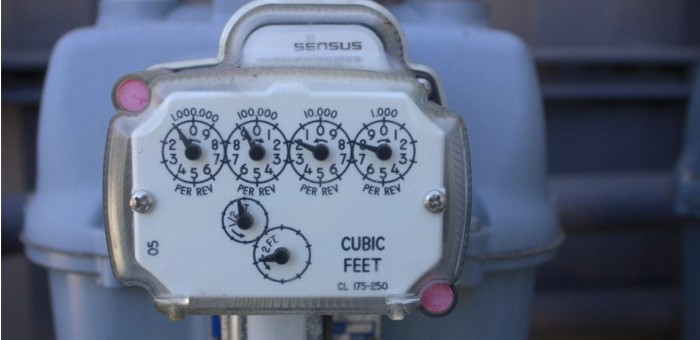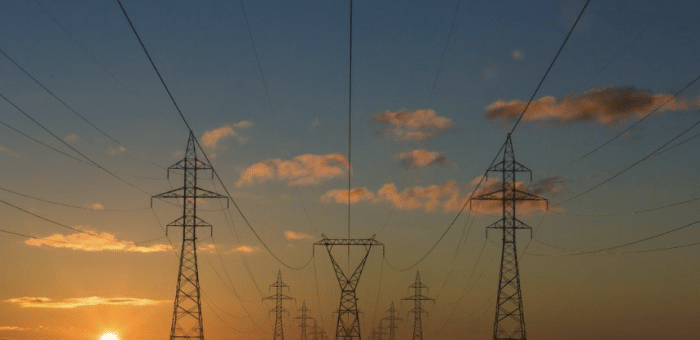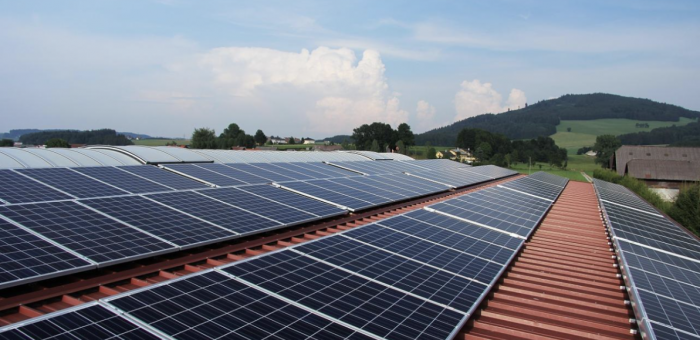Energy efficiency refers to optimizing your home energy consumption by using methods that consume less energy to attain a similar useful output. The U.S. has seen a growing trend in energy-efficient use due to increased environmental concerns caused by carbon emissions and growing energy demands. Subsequently, there are limitless opportunities in power consumption levels where you can implement energy-saving practices.
The complexities of today’s electric appliances and energy policies can make making energy-efficient choices quite tricky. With the help of Power Wizard, an energy empowerment entity, you can choose the ideal energy-saving program for your needs. Here is further insight into the different forms of energy-saving programs and how they work.
What Are Energy Saving Programs?
Energy-saving programs are strategies that utilities, governments, and other organizations use to promote energy efficiency in homes and businesses. The incentive programs make energy efficiency a more affordable and appealing option to property owners, and the specifics may vary from program to program.
[ctafirst]
How Do Energy Efficiency Programs Work?
Energy programs can take on the form of rebates and/or tax incentives for energy-efficient products. The program can also include financial loans for energy-saving improvements like weatherization, building insulation, lighting, water heaters, and Energy Star appliances. Below is an in-depth look at the various forms you can choose.
Rebates for Energy Efficiency Products
Local utilities may offer rebates for energy-efficient purchases you make. A utility or energy provider encouraging clients to consume less energy to lower their monthly energy bills may seem counterproductive. However, this energy-saving program benefits both utilities and homeowners. The strategy is a great way to increase the consumption of renewable energy sources. The program also helps providers manage increased energy demand and improve their reliability.
Rebates are a form of buying discount that can cover a diverse range of electronic devices, construction products, fans, lighting, heating, and cooling equipment. In this energy program, you receive a portion of the buying price after paying the full amount for the item. Rebates differ from normal discounts where the product price is reduced before purchase.
The amount of time it takes to recoup your rebate may differ depending on the product and energy-saving program in your locality. You may receive the agreed sum immediately after making the purchase or only after completing the installation. Read the instructions to determine your eligibility and timing for rebates. To identify available rebates in your area, you can use the Department of Energy’s (DOE) Database of State Incentive for Renewables and Efficiency (DSIRE) which has information on utility-level and state-level incentives.
Tax or Financial Incentives
Federal tax incentives for energy efficiency are tricky, as most expired at the end of 2016. You may still qualify for the federal tax credit if you enhanced your home’s heating, cooling, envelope, and water heating in 2015 or 2016. Installation of Energy Star qualified doors, windows, and skylights between 2012 and 2016 also qualify. You can fill out form 5695 with your taxes to claim these residential energy credits.
Currently, there are only eco-friendly-focused tax credits for solar energy systems and plug-in hybrid or all-electric cars. The U.S. federal government offers the solar tax credit or investment tax credit (ITC) to businesses and homeowners. This energy-saving program encourages you to utilize clean, renewable solar energy by cutting the installation cost. The federal tax credit you receive may equal 26% of the entire solar panel system you purchase after deducting any rebates.
Despite showing interest in investing in energy efficiency, the high initial cost of installation and tools can be discouraging. Various agencies may offer energy efficiency financing to help you make energy-saving improvements. Energy-efficient mortgages, energy-efficient loans, Property-Assessed Clean Energy (PACE) financing, and on-bill financing are examples of financial assistance you can apply for.
The energy-efficient home financing programs have lower interest rates that you can pay over a shorter time, resulting in a reduced total cost over the loan duration. Ensure you have a healthy credit score before submitting your loan application to improve your chances of qualifying. The agency offering the loan may schedule home energy audits to assess your eligibility and determine the energy efficiency of your home improvements.
There may be a considerable difference between the total amount you receive and the interest rate at which it is on offer. Power Wizard can help you thoroughly research your choices before picking a program.
[ctafirst]
Energy Star Programs
Your home appliances contribute to about 20% of your home’s monthly electrical bill. Choosing energy-efficient washing machines, dishwashers, dryers, freezers, refrigerators, and air purifiers can greatly benefit your energy-saving efforts. Energy Star devices are appliances that meet the strict energy-saving criteria that the U.S. DOE or U.S. Environmental Protection Agency have set.
The typical household appliance can last 10 to 20 years, with Energy Star-approved appliances saving you up to 10-50% of energy every year. The amount of energy you save will also depend on your region’s electricity rate and the appliance’s age.
An ordinary cloth dryer is one of the most energy-hungry household appliances. Energy Star-approved cloth dryers can use 20% less power than the standard model. This figure translates to $210 savings over the certified drier’s lifespan.
Pairing your energy-saving cloth dryer with an energy-star-approved washing machine translates to more energy savings. The energy-efficient clothe washer uses 55% less water and 40-50% less energy than the conventional washer. The appliance saves you $50 on water and utility bills every year. You also end up spending less on laundry detergent.
Refrigerators have advanced over the year to become energy-efficient models. Modern refrigerators feature high-efficiency compressors that generate less heat and have improved insulation to keep food cold. Energy star-approved fridges are 9% more efficient than standard models and use up to 10-30% less energy. You end up saving $220 on energy over the 12-year lifetime of the appliance. There are also Energy Star certified beverage containers or wine coolers that are 10 to 30% more energy-efficient than federal standard models.
Benefits of Investments in Energy Efficiency
In 2021, the world’s economy strongly rebounded after the COVID 19 crisis. The earth experienced a record 6% annual increase in energy-related greenhouse gas emissions resulting in a new high of 36 billion tons. Adverse weather and a rise in natural gas prices further compound the spike in carbon emissions as people resort to burning coal to meet increasing energy demands.
Investing in energy-efficient appliances is an excellent way to lower your home’s carbon footprint by 25-30%. You can also earn a significant return on investment as utility savings continue to add up throughout the service life of your energy-efficient product. The savings may ultimately end up offsetting your initial purchase premium.
An energy-efficient home often has a higher selling price in the real estate market, greatly increasing your property’s value. Residences with green certification sell at a premium price as potential homeowners are often intrigued with the prospect of improved energy efficiency.
The Impact of Energy Saving Programs on Energy Costs
Energy costs make up a significant part of your recurrent monthly expenditure. Energy efficiency programs are a simple and cost-effective way of upgrading your home and lowering your utility bills. Energy-efficient appliances use less energy in their life span while functioning as required, if not better.
[ctafirst]
How to Implement Energy-Saving Improvements in Your Home
You do not have to spend a fortune to implement home energy-saving improvements. Start by choosing an energy-efficient financial incentive to lower the cost even further. You can then decide on the home improvements that are ideal for your needs.
Choosing Energy Star-certified appliances can positively impact your energy-saving efforts. Contact us as Power Wizard today to discover which energy-saving program is best for your home.
More From the Power Wizard Blog
-
Affordable Electric Bill: Power Wizard’s Promise of Protection
Sarah, a proud Texan, knows that everything is bigger in Texas – including the choices when it comes to electricity providers. She’s no stranger to the complexities of deregulated energy markets. With a bustling household, she juggles work, family, and keeping the lights on. But there’s one thing Sarah doesn’t want to juggle: her electric bill. […]
View Article -
Vampire Energy: How Phantom Power Drains Your Wallet and the Environment
Imagine your home filled with silent energy sippers, lurking in the shadows, unnoticed yet constantly draining power and your wallet. Vampire energy, or phantom load, refers to the electricity electronic devices consume, even when turned off or in standby mode. These energy vampires are prevalent in every household and workplace, from the charger left plugged […]
View Article -
The Top Sources of Carbon Emissions in the U.S.
Climate change due to rising global temperature seriously threatens the natural ecosystem. It can result in erratic weather featuring intense drought, heat waves, melting ice caps, warming oceans, and increased storms when left unchecked. As the impact of climate change worsens, the risk of biodiversity loss and human extinction gets bigger. Table of Contents What […]
View Article -
California Solar Tax Credit & Incentives for Residential Rooftop Solar
Are you considering investing in residential solar panels in California? You’re not the only one. Research shows that California was ranked number one out of 50 states in 2022 for solar power generation, with more than 11 million homes powered by the sun. A major reason why solar power is popular statewide is that prices have dropped […]
View Article -
What Should You Include in an Energy Efficiency Audit?
Rising energy costs mean higher electricity bills, and for the average homeowner or business, a little savings each month can add up to extra cash at the end of the year. If you’re looking for ways to reduce your home’s energy consumption, performing a home energy audit is a great place to start. Table of […]
View Article -
How to Cancel Your Electricity Contract with Your Provider
There are many advantages to changing your electrical service, including finding a better price, switching to a company with better customer service, and finding a distributor with a green appeal. It’s easiest to end your service when a contract ends, but sometimes it makes sense to switch early. For instance, you may find that you’re […]
View Article -
How to clean your solar panels
Click on a section to skip directly to it: Why is it important to clean your solar panels?Solar panel cleaning: a step-by-step breakdownMake sure you’re saving the most on your monthly energy bill Have you considered installing a renewable energy source at your home? Power Wizard recommends trying solar energy, which accounts for 3% of […]
View Article -
How to Reduce Your Carbon Emissions
Click on a section to skip directly to it: Why is it necessary to lower carbon emissions?Steps to take to minimize your carbon emissionsReduce your carbon emissions with carbon offsets Carbon emissions refer to the measure of the impact of human activities on global warming and climate change. Every person on the planet contributes, directly […]
View Article













